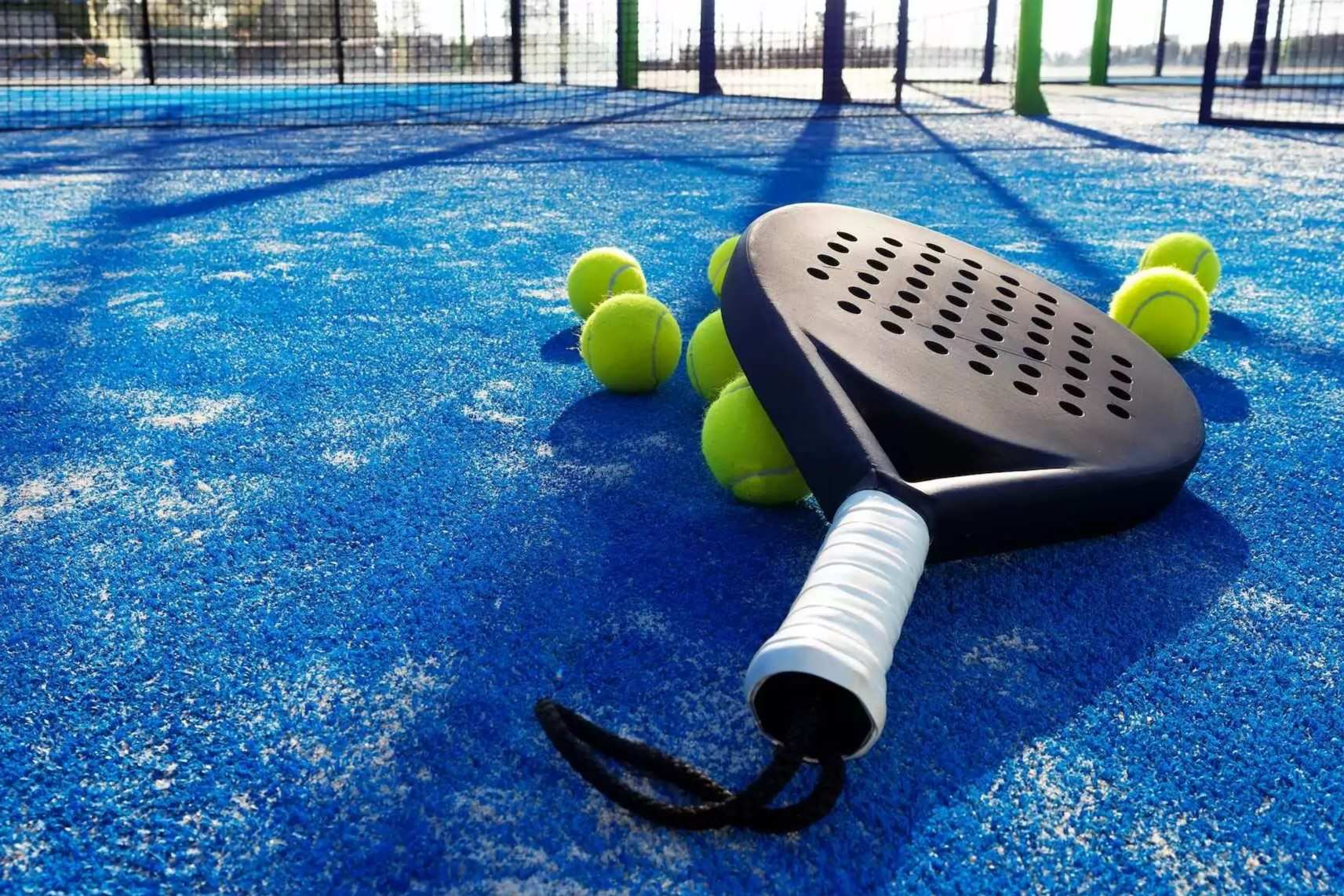
Padel is a sport that’s been gaining traction worldwide, blending elements of tennis and squash. But what makes it so special? Padel is played on an enclosed court about one-third the size of a tennis court, with walls that players can use to bounce the ball. This fast-paced game is typically played in doubles, making it a social and engaging activity. The rules are simple, making it accessible for all ages and skill levels. Whether you're a seasoned athlete or just looking for a fun way to stay active, Padel offers a unique mix of strategy, agility, and teamwork. Ready to learn more? Let's dive into 31 fascinating facts about this exciting sport!
Key Takeaways:
- Padel, a mix of tennis and squash, is gaining global popularity with its fast-paced gameplay and celebrity endorsements. It offers health benefits and is suitable for all ages, making it a great family activity.
- With origins in Mexico, padel has become Spain's second most popular sport. It has a quick learning curve, low injury rate, and potential for inclusion in future Olympic Games.
What is Padel?
Padel, a racket sport, blends elements of tennis and squash. Played in doubles on an enclosed court, it has gained popularity worldwide. Here are some intriguing facts about this exciting game.
-
Origin: Padel originated in Mexico in 1969, created by Enrique Corcuera.
-
Court Size: A padel court measures 20 meters by 10 meters, smaller than a tennis court.
-
Enclosed Walls: The court is surrounded by walls, allowing the ball to bounce off them during play.
-
Scoring System: Padel uses the same scoring system as tennis.
-
Racket Design: Padel rackets are solid with no strings, usually perforated with holes.
Popularity and Growth
Padel's popularity has skyrocketed, especially in Europe and Latin America. Let's explore some facts about its growth.
-
Spain's Favorite: Padel is the second most popular sport in Spain, after soccer.
-
Global Expansion: Over 30 countries have national padel federations.
-
World Padel Tour: The World Padel Tour is the leading professional padel circuit.
-
Celebrity Endorsements: Stars like Lionel Messi and Cristiano Ronaldo play padel.
-
Youth Appeal: Padel attracts younger players due to its fast-paced nature.
Rules and Gameplay
Understanding the rules and gameplay of padel can enhance your appreciation of the sport. Here are some key points.
-
Serve Rules: Serves must be underhand and hit diagonally into the opponent's service box.
-
Double Bounce Rule: The ball can bounce once on the ground and once off the wall before being returned.
-
Net Height: The net is 88 cm high at the center, slightly lower than a tennis net.
-
Match Duration: Matches typically last between 60 to 90 minutes.
-
Tie-Breaks: Tie-breaks occur at 6-6 in a set, similar to tennis.
Equipment and Gear
The right equipment can make a significant difference in padel. Here are some facts about the gear used.
-
Racket Weight: Padel rackets weigh between 340 to 370 grams.
-
Ball Specifications: Padel balls are similar to tennis balls but have less pressure.
-
Footwear: Shoes designed for padel have a specific grip pattern for the artificial turf.
-
Protective Gear: Players often wear wristbands and headbands to manage sweat.
-
Clothing: Comfortable, breathable clothing is essential for optimal performance.
Health Benefits
Playing padel offers numerous health benefits. Let's look at some of them.
-
Cardiovascular Health: Padel improves heart health through aerobic exercise.
-
Weight Loss: Regular play helps in burning calories and losing weight.
-
Muscle Toning: Engages various muscle groups, aiding in toning and strengthening.
-
Mental Health: Enhances mental well-being by reducing stress and anxiety.
-
Social Interaction: Promotes social interaction, fostering friendships and teamwork.
Fun and Interesting Facts
Padel has some quirky and fun aspects that make it unique. Here are a few.
-
Mixed Doubles: Padel is one of the few sports where mixed doubles are common.
-
Quick Learning Curve: Beginners can quickly learn and enjoy the game.
-
Low Injury Rate: Padel has a lower injury rate compared to other racket sports.
-
Family-Friendly: Suitable for all ages, making it a great family activity.
-
Cultural Influence: Padel courts are often social hubs in Spain and Argentina.
-
Olympic Potential: There are ongoing efforts to include padel in future Olympic Games.
Padel's Growing Popularity
Padel's rise in popularity isn't surprising. Combining elements of tennis and squash, this sport offers a unique, fast-paced experience. With its easy-to-learn rules and social nature, it's attracting players of all ages. The sport's growth is evident in the increasing number of courts and clubs worldwide. Padel tournaments are drawing larger audiences, and professional players are gaining recognition. This sport's appeal lies in its accessibility and the fun it brings to both casual and competitive players. Whether you're looking for a new hobby or a way to stay active, padel is worth a try. Its blend of strategy, skill, and social interaction makes it a standout choice. So grab a racket, find a court, and join the padel community. You'll quickly see why this sport is capturing hearts globally.
Frequently Asked Questions
Was this page helpful?
Our commitment to delivering trustworthy and engaging content is at the heart of what we do. Each fact on our site is contributed by real users like you, bringing a wealth of diverse insights and information. To ensure the highest standards of accuracy and reliability, our dedicated editors meticulously review each submission. This process guarantees that the facts we share are not only fascinating but also credible. Trust in our commitment to quality and authenticity as you explore and learn with us.
